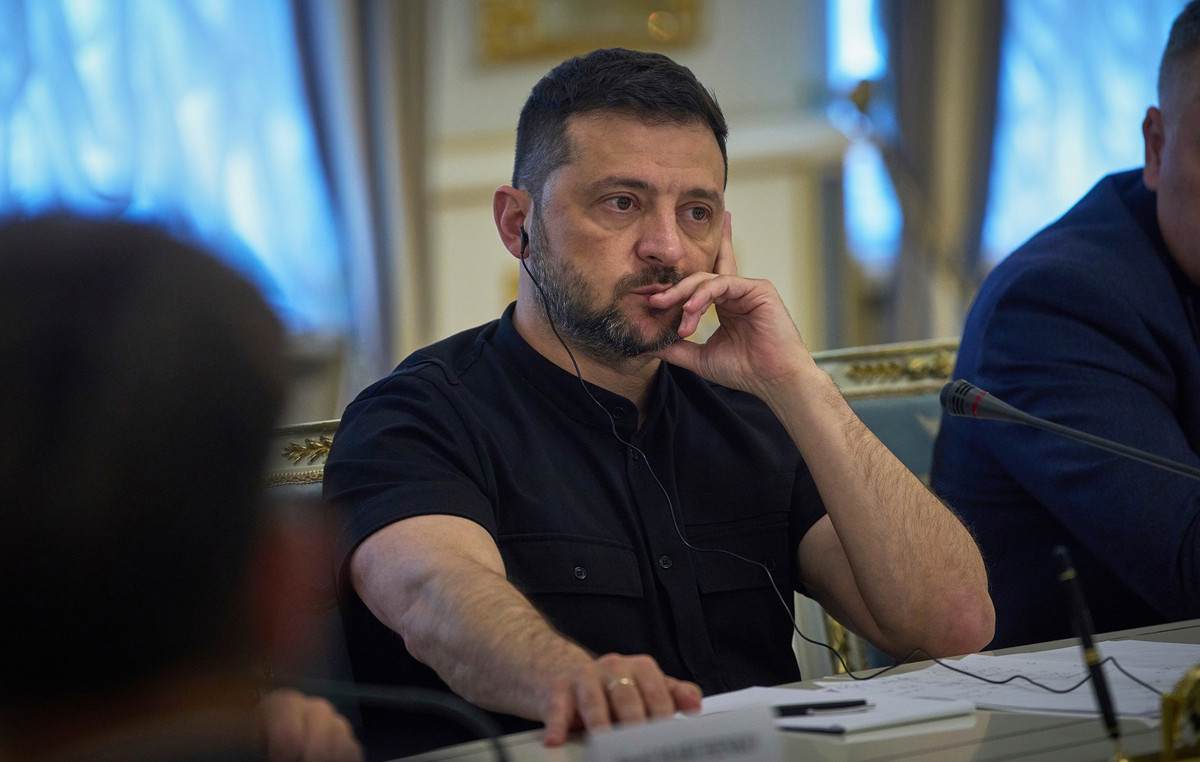Pakistan’s “unseen” floods have affected 33 million people, many of whom are still seeking safe haven after record monsoon rains damaged or destroyed more than a million homes.
The catastrophic summer floods, which have been exacerbated by melting glaciers, have submerged a third of the country, with officials saying it could take up to six months for the water to recede.
To meet the need for emergency housing, architect Yasmeen Lari and the Heritage Foundation of Pakistan have been working 24 hours a day to equip people in Sindh province with skills and materials to build prefabricated bamboo shelters.
The shelters, called Lari OctaGreen (LOG), can be built by six or seven people in a few hours. They were initially designed in response to a 7.5 magnitude earthquake that struck northeastern Afghanistan in 2015, with a pilot program providing temporary homes for several hundred families in neighboring Pakistan, where most of the deaths occurred.
Since 2018, more than 1,200 bamboo versions have been built in disaster-prone areas — Pakistan is the eighth most vulnerable nation to the climate crisis according to the Global Climate Risk Index, despite European Union data showing it is responsible for less. 1% of the gases that warm the planet.
The project aims to give people in disaster-stricken areas a sense of agency, teaching them how to build their own homes — and helping them generate income in the process, as many have lost their livelihoods.
Communities also learn ways to deal with future disasters, such as digging trenches and aquifer wells to absorb rainwater.
“Impacted people want to contribute more,” Lari said in a telephone interview, explaining that many of the artisans on the project are from the flooded villages. They have also helped to identify who needs help and how to deliver prefabricated parts.
“People are sitting under the sky with nothing. They are thinking: how can we work? They don’t have security, privacy, dignity,” Lari said, adding that people “don’t need handouts” but should instead be empowered.

‘Treat people as partners’
The shelters are designed to be low cost, low technology and low environmental impact. “I want it to be zero carbon,” explained Lari, whose foundation has fully subsidized emergency homes at a cost of about 25,000 Pakistani rupees ($108) each. “I don’t want to create another climate change problem by building in concrete or steel.”
Bamboo was chosen for its strength and resilience. And since it’s commonly grown across the country, it’s easier to obtain. Two workshops were established to cut bamboo poles to specific sizes and then pack them into kits. The shelters are assembled, in loco, in eight strong panels and a roof that are tied by ropes and covered with mats.
Whenever possible, “everything should be locally sourced,” Lari said. “This is a way to link housing production to how people can earn right away.”
Mariam, who has no last name, currently lives in one of the new units with her six children and husband in the village of Pono in the Mirpur Khas district of Sindh.

Speaking in Sindhi through a translator, she said word had spread that nearby shelters — built before this summer’s floods — had survived the disaster. She and other residents began asking how to access one. Twenty-five of them have already been built nearby.
His family appreciates the refuge, but says they are concerned about issues such as food supply and unemployment. They want to know how to make the structure permanent because they feel it is safer than their previous home.
According to Lari, enough parts have already been manufactured for 750, with the goal of reaching 1,200 by the beginning of October. About 350 of the houses have been built so far.
The number is “a drop in the ocean,” she said, but production is increasing rapidly.
In the coming weeks, for example, its Karachi-based foundation plans to remotely train 30 artisans from 10 villages in southern Punjab, which will add up to an additional 1,500 units a month.
The Bank of Punjab is sponsoring these efforts by helping to organize a venue equipped with the materials needed to conduct the training. It also pledged to pay artisans’ salaries and deliver bamboo and other supplies to artisans’ workshops.

An even simpler version of the bamboo shelter — consisting of an umbrella-like roof with no walls that people can cover with mats — is also being rolled out as an even quicker, albeit temporary, solution.
“I want to create a completely new way of giving,” said Lari, whose disaster relief efforts are focused on capacity building, sharing knowledge and putting the displaced in charge.
In addition to providing shelter, the Heritage Foundation also teaches people how to make emergency toilets, solar water tents and fish farms to ensure safer drinking water and greater food security, as well as income-generating products.
Nearly 10 villages around one of the main prefabrication sites are now being trained in the manufacture of essential products such as the mats used to cover the shelters and mosquito nets to use and sell to each other.
“We have to change the way we work… and treat affected people as partners, not victims or (those) ready to be turned into beggars.

barefoot social architecture
In the long run, bamboo shelters can be turned into permanent structures. Once the floodwaters recede, they can be moved from the high ground back to the villages, where they are built on foundations made of lime bricks (The Heritage Foundation also teaches brick making as a way for people to earn money) .
Lari, who is widely recognized as Pakistan’s first female architect, says her profession could play a very important role in the climate crisis. But, she added, schools have traditionally focused on producing what she called “prima donna” architects. She hopes to one day create an incubator that teaches young designers to engage in humanitarian work.

A “starchitect” in the 1980s, Lari designed some of Karachi’s most flashy buildings. But she developed an ever-deepening sense of guilt over the amount of concrete and steel used, and has been “atonement” ever since. Her response to this summer’s floods draws on nearly two decades of what she described as “barefoot social architecture” — eco-friendly projects that help poor and disadvantaged communities become self-sufficient.
She also focused on giving women agency and elevating their status in a male-dominated society. Its “chulah” stove program, for example, was designed to provide women with safer alternatives to the dangerous open-fire cooking used in rural communities.
Participants are trained to build the stoves from layers of mud and plaster, and often customize them with paint and their own designs. Today, more than 80,000 Lari chulahs have been built, benefiting around 600,000 people.
“Architecture is not just about brick and mortar,” she said. It’s about seeing how you can help build communities.”
Source: CNN Brasil
I’m James Harper, a highly experienced and accomplished news writer for World Stock Market. I have been writing in the Politics section of the website for over five years, providing readers with up-to-date and insightful information about current events in politics. My work is widely read and respected by many industry professionals as well as laymen.







